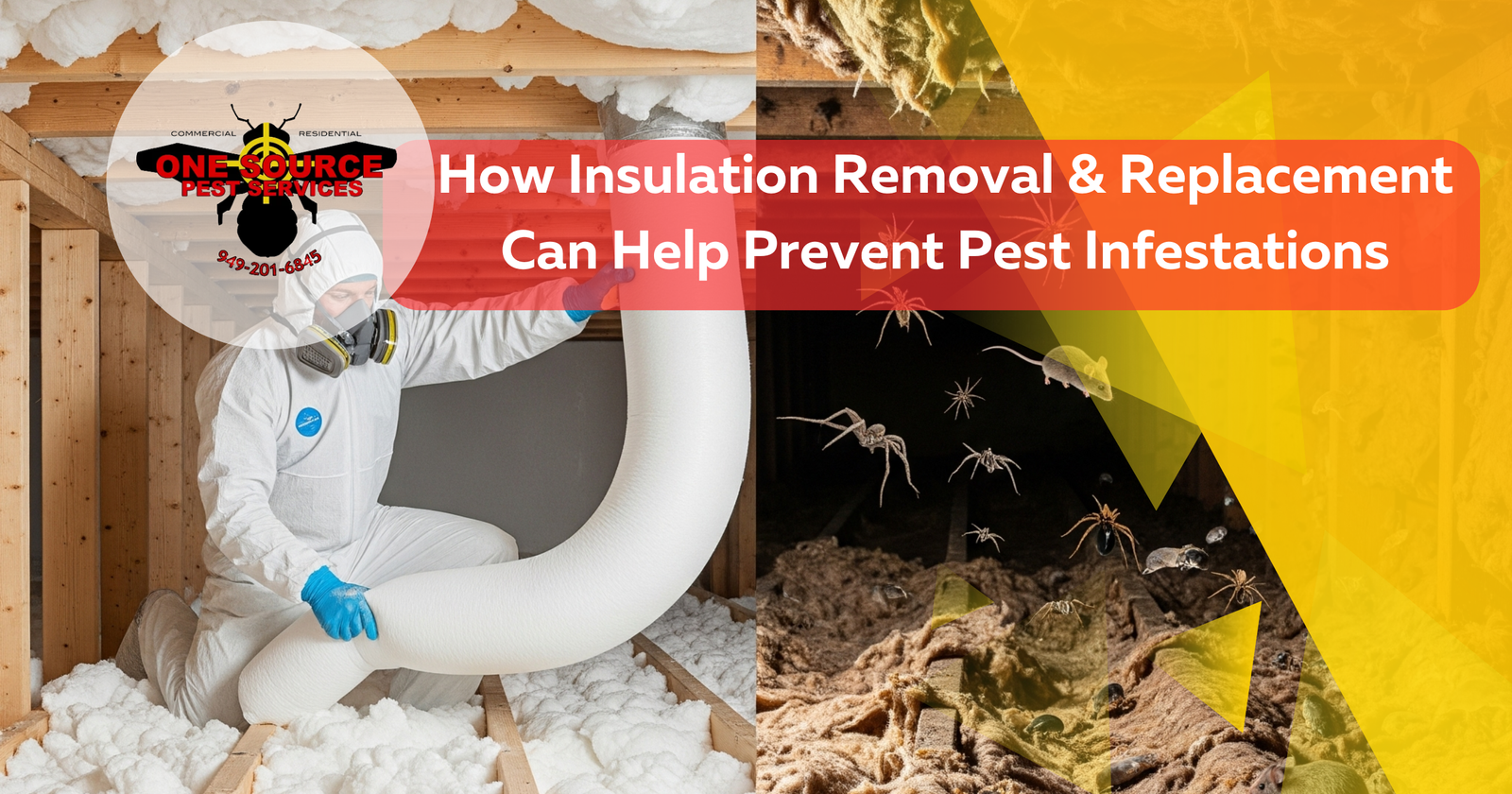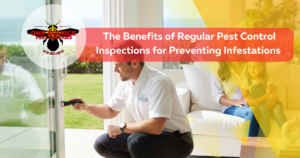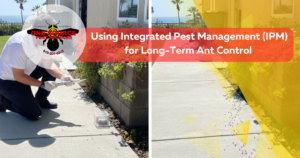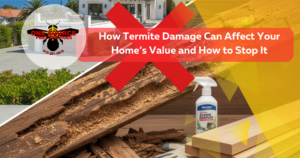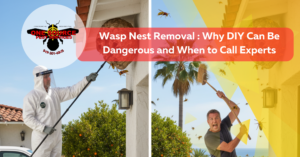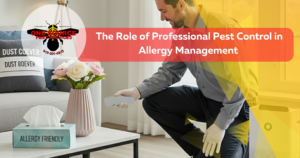Introduction: The Link Between Insulation and Pests
Poor or damaged insulation isn’t just an energy efficiency problem; it can also be an open invitation to pests like fleas, rodents, and insects. When insulation becomes old, moist, or torn, it creates the ideal environment for pests to nest, reproduce, and spread throughout your home.
This blog will explore how insulation removal and replacement can act as a key defense against pest infestations, especially fleas, and how early detection plays a critical role.
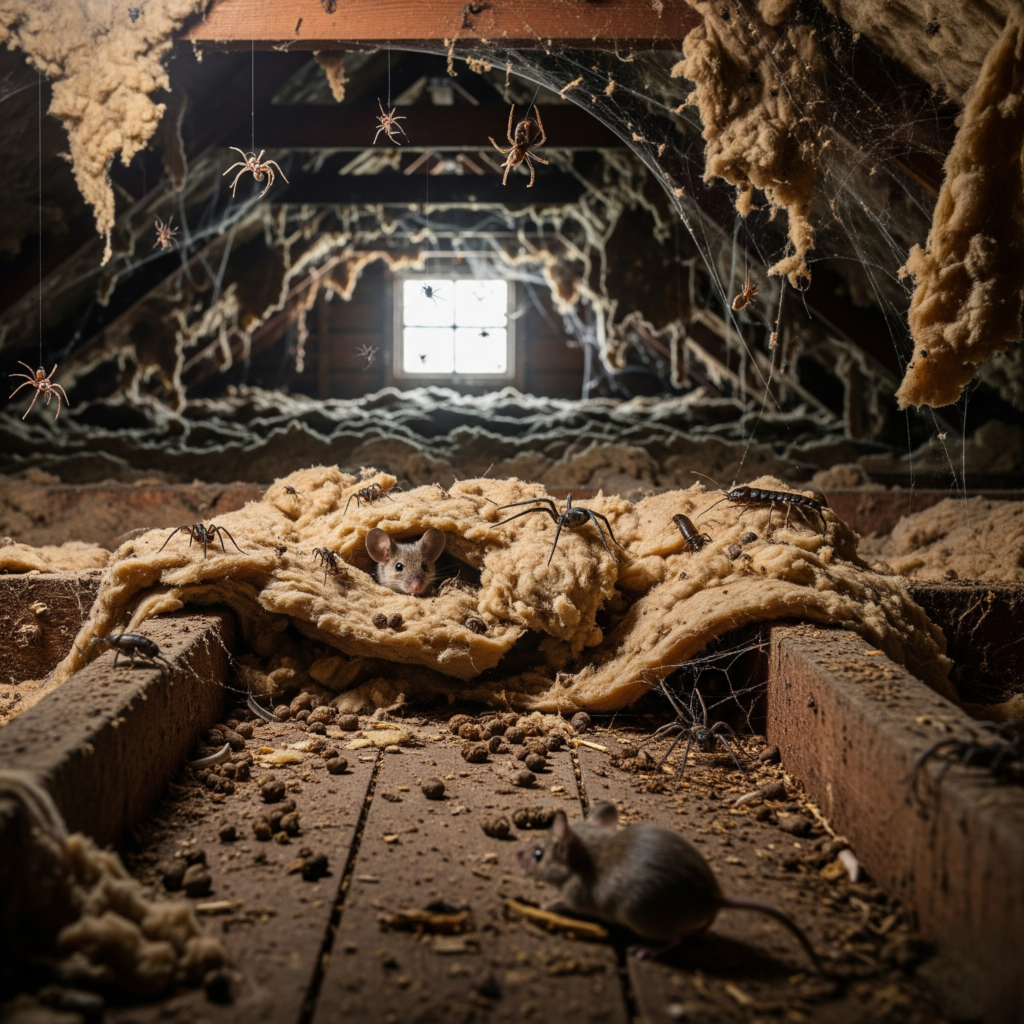
Why Old Insulation Attracts Pests
Insulation can deteriorate over time due to:
- Moisture exposure
- Rodent nesting
- Mold and mildew
- Poor installation or wear and tear
Fleas and other pests are particularly drawn to the dark, warm, and undisturbed environment that old insulation provides. Fiberglass and cellulose materials can also trap organic matter, like rodent droppings or food crumbs, that attract fleas and other insects.
Signs Your Insulation May Be Inviting Pests
Here are the warning signs of a pest problem hidden in your insulation:
- Strange odors in the walls or attic
- Droppings or urine stains
- Shredded or clumped insulation
- Sounds of scratching or movement
- Increased fleas in carpets or on pets
Once these signs appear, pests may already be nesting. Delaying removal or treatment can lead to structural damage and even health issues.
How Fleas Spread Through Damaged Insulation
Fleas often enter homes through pets, but they can also travel via rodents or raccoons nesting in attic insulation. Once they infest the insulation:
- They lay eggs in soft fibers
- Larvae develop in hidden areas
- Fleas spread to pets, carpets, and bedding
This can quickly lead to an uncontrollable infestation if not detected early. Knowing how to detect fleas and signs of their activity is essential for effective control.
Why Insulation Removal Is Essential for Flea Control
Here’s how removing old insulation contributes to pest prevention:
- Eliminates nesting zones
Pests rely on secluded, soft spaces like aged insulation to thrive. - Removes contaminants
Rodent waste and flea larvae embedded in old materials are completely removed. - Improves visibility for pest inspection
Once the old insulation is removed, pest control professionals can inspect for entry points and seal them.
Benefits of Replacing Insulation with Pest-Resistant Options
New insulation options are often treated to resist pests and control moisture, such as:
- Spray foam insulation – Seals gaps and deters nesting.
- Boric acid-treated cellulose – Naturally repels insects.
- Closed-cell insulation – Denser and less attractive to pests.
By installing pest-resistant insulation, you create a hostile environment for fleas and other invaders.
Steps to Take After Insulation Removal
To maximize protection, follow these steps:
- Sanitize the area
Clean any residual droppings, urine, or nesting debris. - Seal all entry points
Close gaps in roofing, vents, and crawl spaces where pests may enter. - Install pest-resistant insulation
Choose materials based on your home and location. - Use flea pest control measures
Apply a flea spray for home use or consult with exterminators for treatment. - Maintain a flea prevention routine
Regularly check for signs of flea bites, fleas in carpet, or pet flea symptoms.
Additional Tips for Flea Infestation Prevention
Even after replacing insulation, you need to stay vigilant:
- Vacuum carpets and upholstery regularly
- Bathe pets using vet-approved flea treatments
- Use flea control for pets monthly
- Wash pet bedding in hot water
- Keep landscaping neat to deter outdoor pests
Prevention is much easier (and cheaper) than a full-blown infestation cleanup.
When to Call a Professional
If you suspect pest activity or see signs of flea infestation, like bites or pet scratching, call a pest control professional immediately. A licensed technician can:
- Confirm the source of infestation
- Safely remove and dispose of insulation
- Recommend flea treatment at home
- Suggest insulation materials based on your pest risk
Conclusion: Protecting Your Home from the Inside Out
Replacing old or infested insulation is one of the most overlooked, but highly effective ways to prevent flea spread, detect early pest activity, and keep your home healthier. Whether you’re dealing with fleas in carpet or spotting flea bites on your pet, proper insulation is a major part of the solution.
For long-term home flea prevention, combine pest control with upgraded insulation; it’s a win for comfort, safety, and peace of mind.

